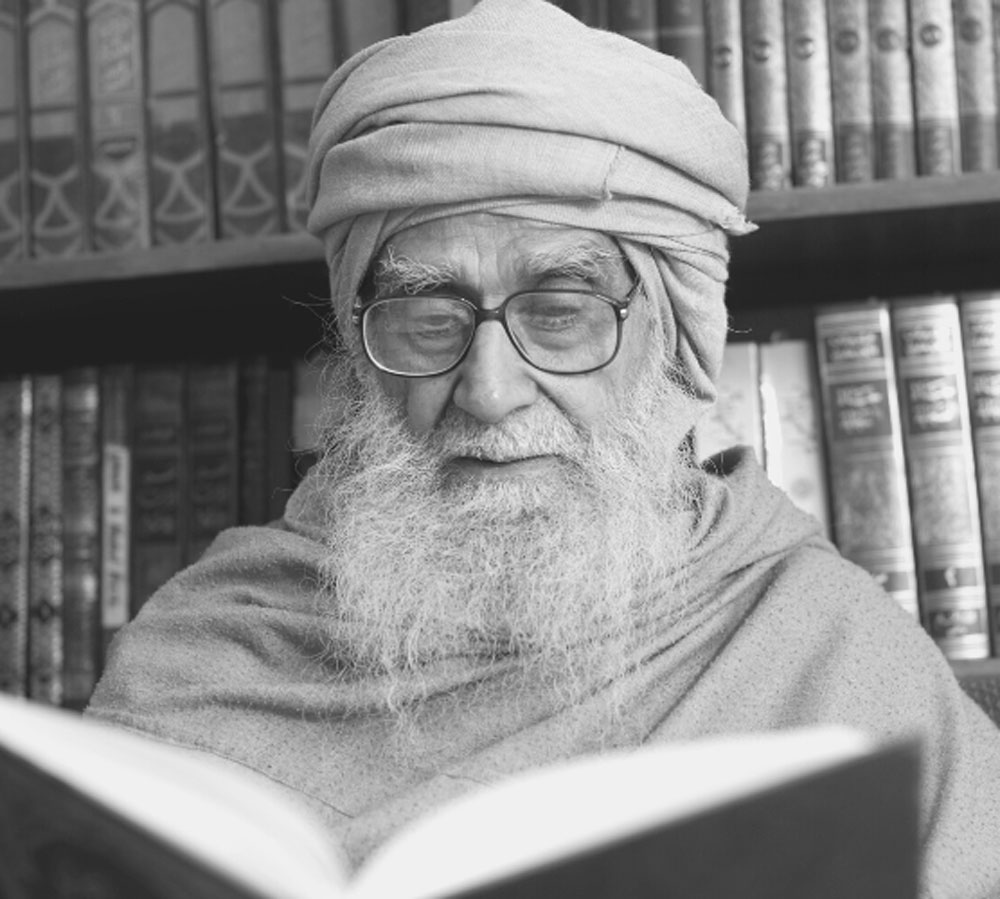If a person is able to deepen his understanding to an extent that he is able to visualize the background while reflecting on the hadith this will be like being in the presence of the Prophet.
Ask, Learn, Grow
Your spiritual companion

CPS shares spiritual wisdom to connect people to their Creator to learn the art of life management and rationally find answers to questions pertaining to life and its purpose. Subscribe to our newsletters.
![]() Daily Dose of Wisdom
Daily Dose of Wisdom
Your spiritual companion